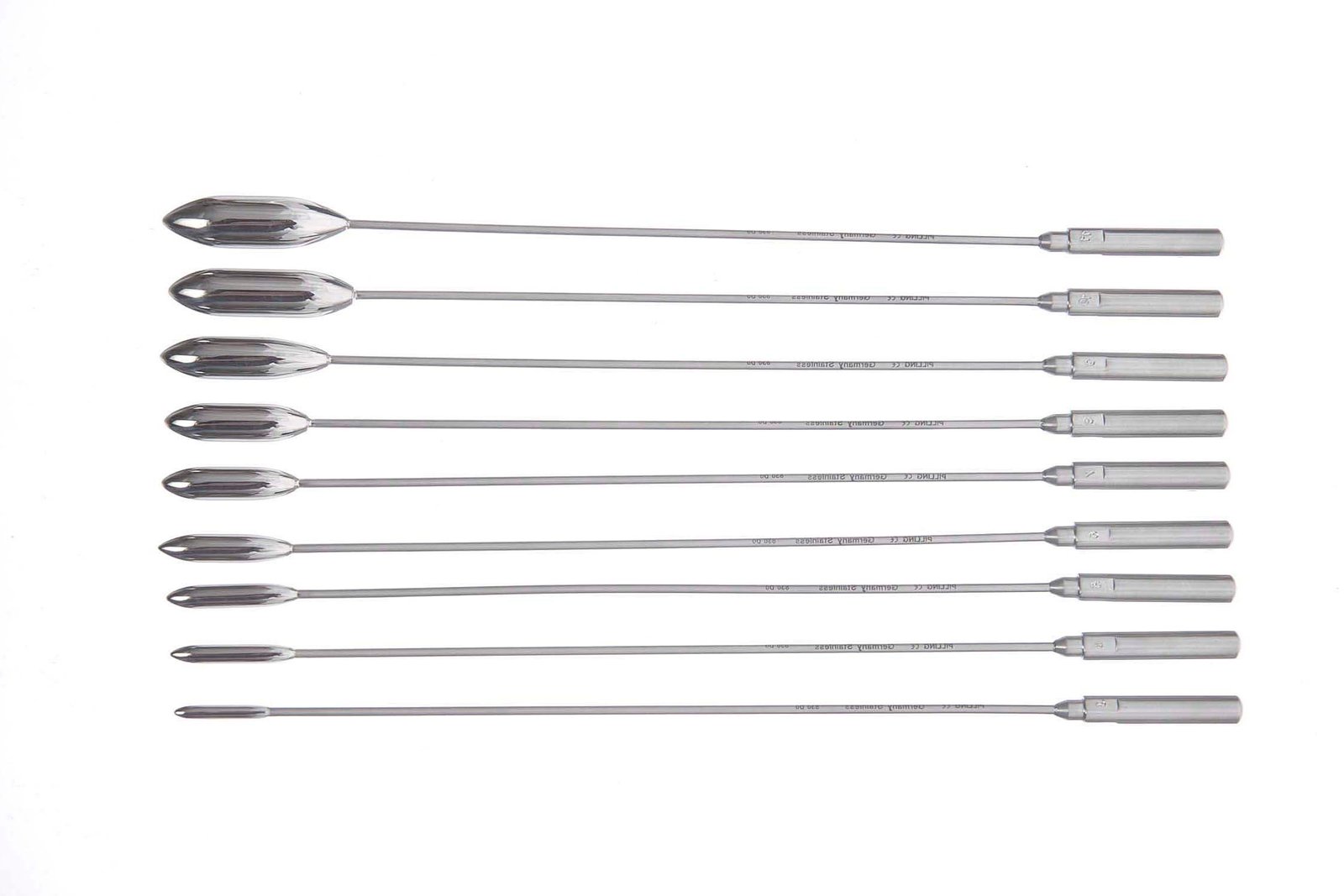Benign esophageal stricture (BSE) are defining as a few forms of non-malignant narrowing of the esophageal lumen. The physiopathological mechanisms of the BES are diverse and can lead to inflammatory lesions, embryonic defects, and iatrogenesis. Besides, many etiological causes can outcome from the combination of different mechanisms. The most common clinical presentation is dysphagia, but others such as regurgitation, retrosternal pain, and odynophagia may be there. The impact on quality of life is usually extraordinary since the patient often suffers from weight loss and aspiration pneumonia
The dilatation process consists of passing a guide wire via the narrowing of the esophagus (guided by fluoroscope or not) followed by a combination with regularly thicker dilators. This procedure produces axial pressure in the stenosis ring and, in theory, presents a high risk of esophageal perforation compared to balloon dilation. Balloon dilatation catheters were usually designed to take care of patients with Australasia. After that a radial pressure is add on the ring and ideally carries a lower risk of perforation. Other hypothetical great feature of the balloons is a greater correctness (since it dilates only the exact narrowing) and the prospect to visualize the dilation process endoscopically as it generate. In the 1980s, they introduced for the cure of BES, but currently, specifically bougie dilator manufacturers produce it. For dilate, the balloon must be just at the stenosis, in the majority of cases secured by a guidewire.
There are three main types of dilators:
• The treating physician places the mercury-laden insects in the blind placed in the esophagus. They are passed in increasing sizes to dilate the clogged area. They should be used with caution in patients with narrow stenoses, as they may curve proximal to the obstruction.
• At the time of gastroscopy or fluoroscopy, bougie is applying on wire guide dilator. Usually, an endoscopy is performed first to estimate the anatomy, and a guide wire is passed the stomach, beyond the obstruction. It can perform by fluoroscopy. Bougies are introduced again, this time through the guide wire, in sizes that increase sequentially.
• Pneumatic dilation or balloon dilation is also typically performed at the time of endoscopy or fluoroscopy. A balloon inserts into the deflated shape in the narrowing area. Then it is inflated with air to a positive pressure that is preset for a certain circumference.
Bougie dilators have various advantages as compared to other methods:
• They give tactile Kroger feedback, which allows estimating the amount of resistance to the passage of the dilator, avoiding overdilation and perforation.
• Another major concern is the cost since balloon dilators are not reusable
Bougie dilators are more economical than endoscopic dilators for postoperative benign rectal stenoses, in addition to being equally safe and effective. These bougie dilator suppliers supply as per the demand.The end result of this therapy is not only to get better bowel function but, in the end, to avoid surgery. at last, this method can be used in position of balloon dilation, with considerable cost savings.

